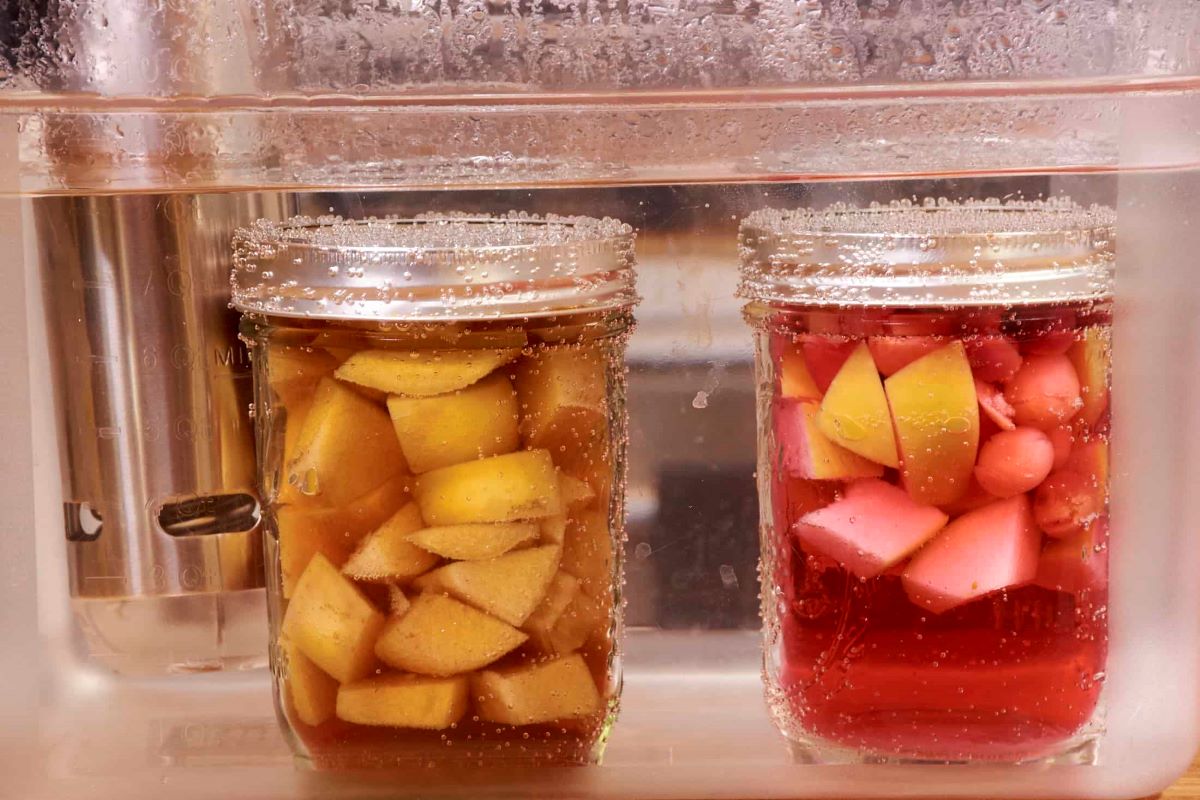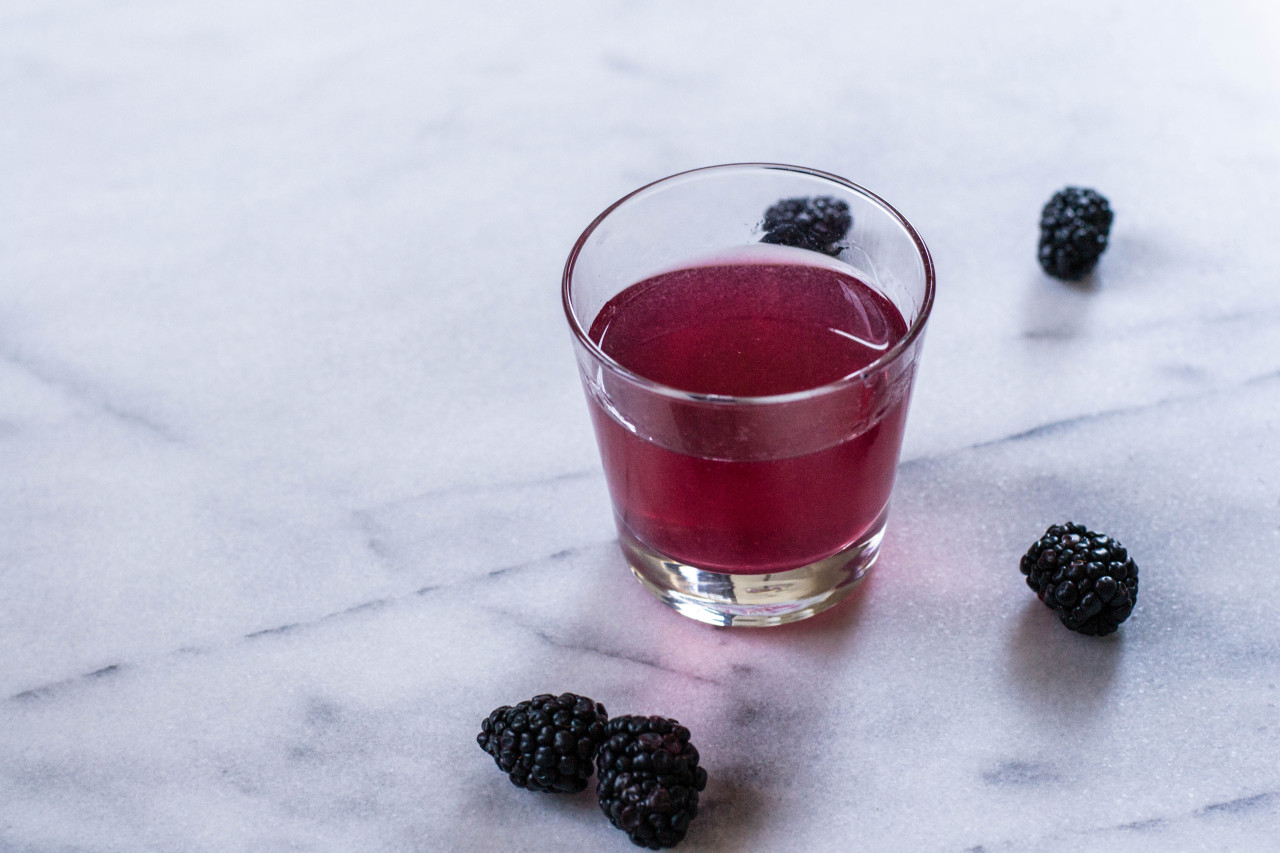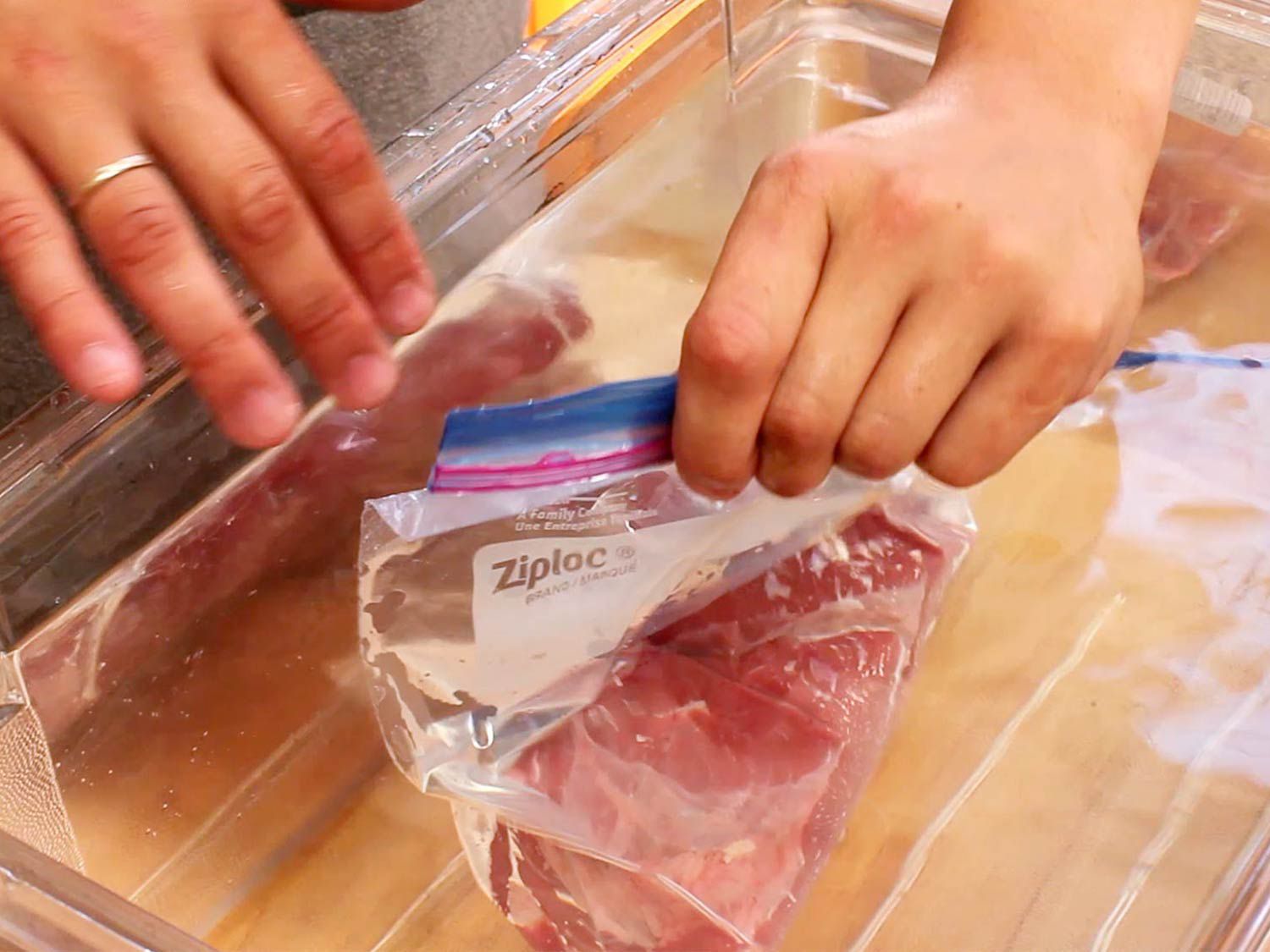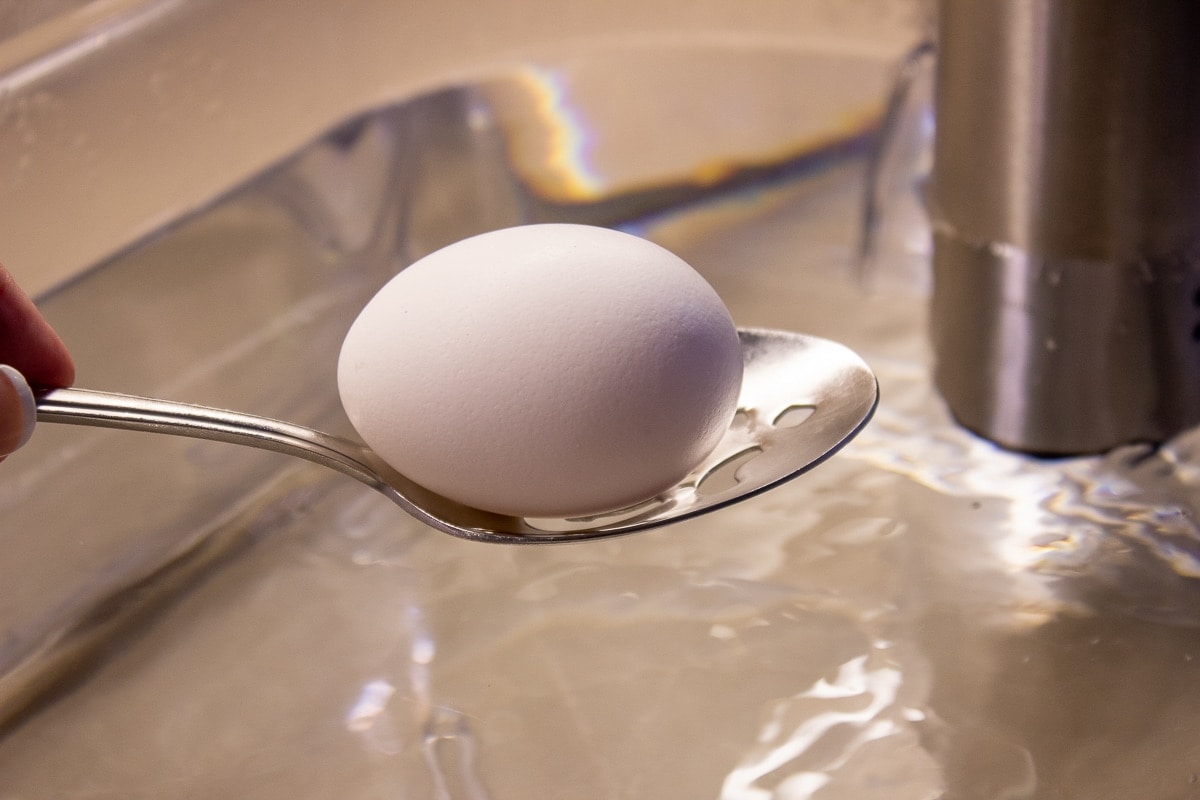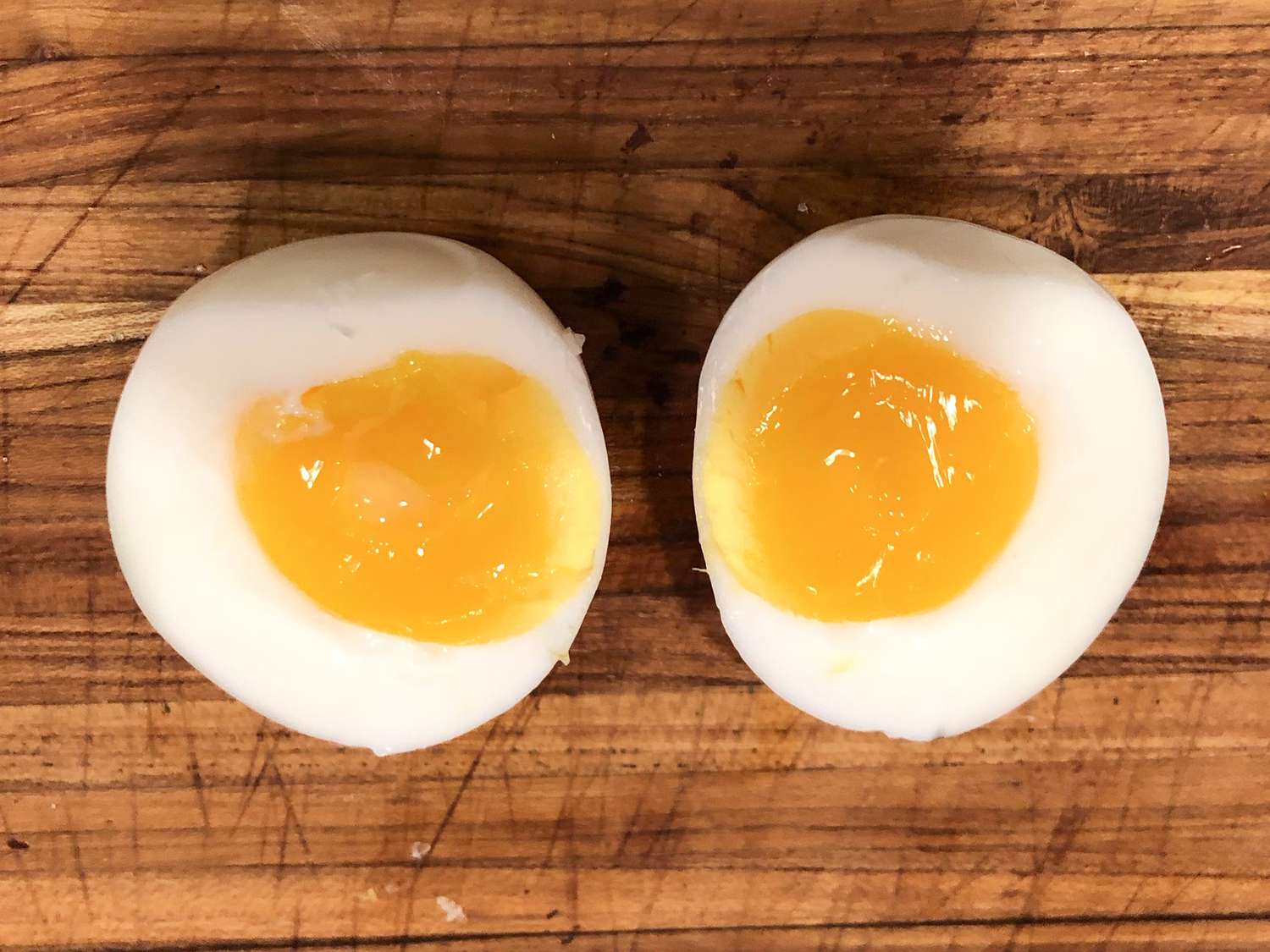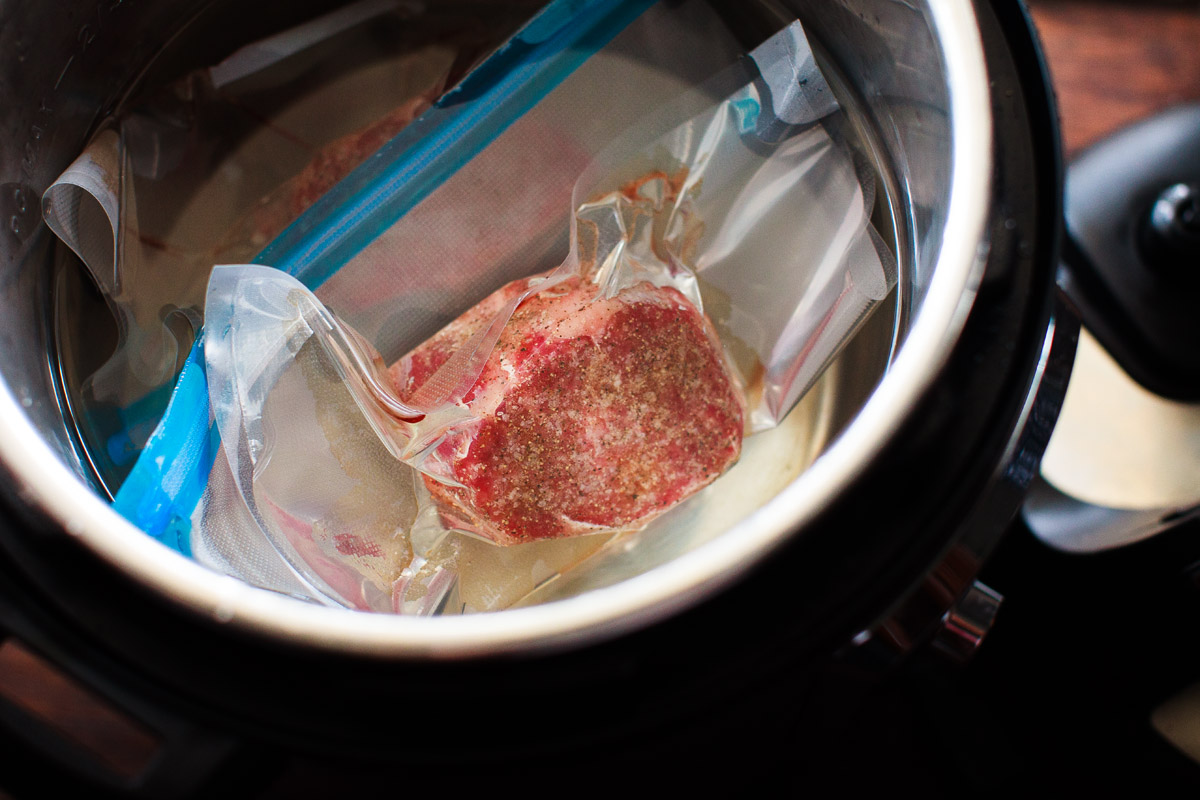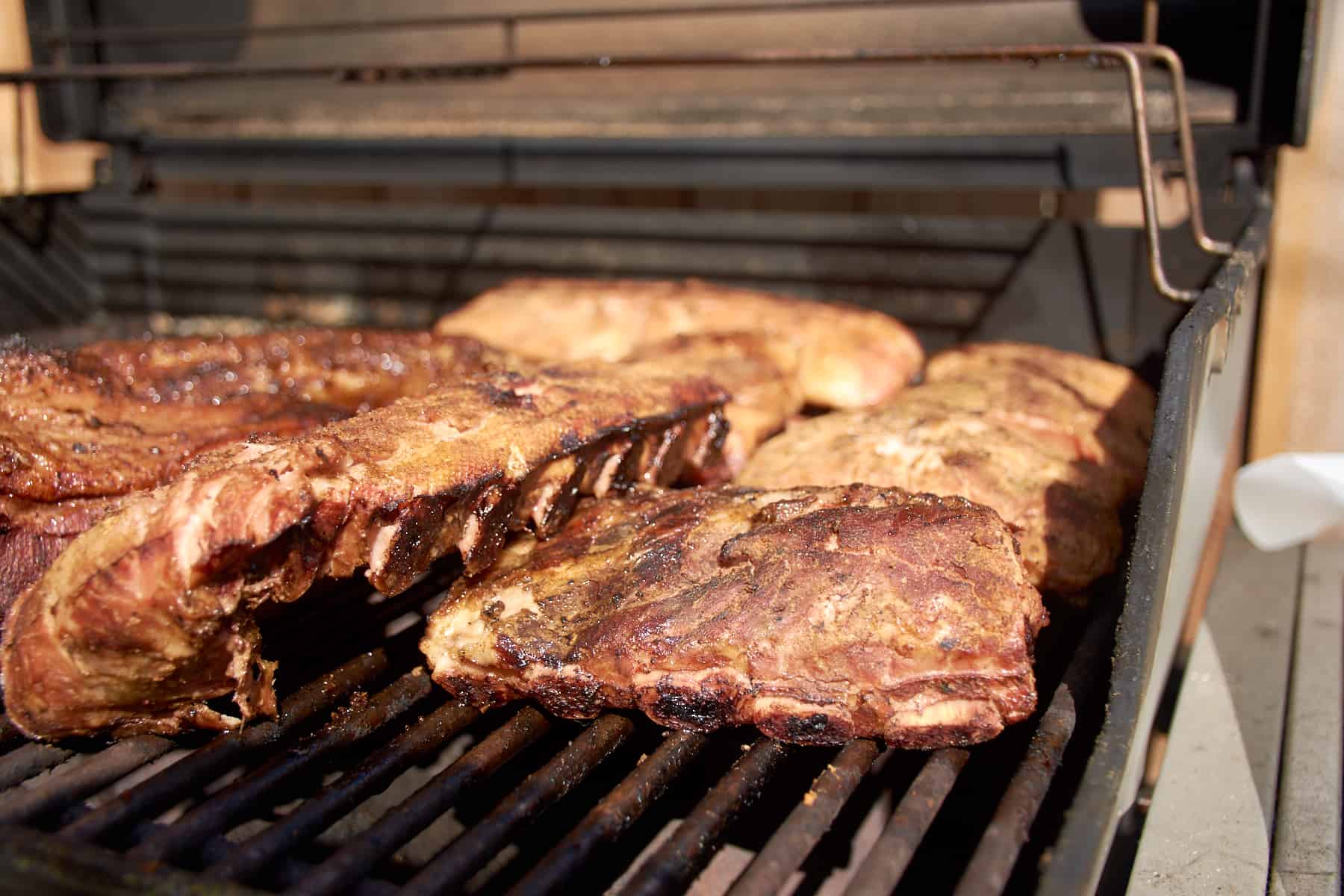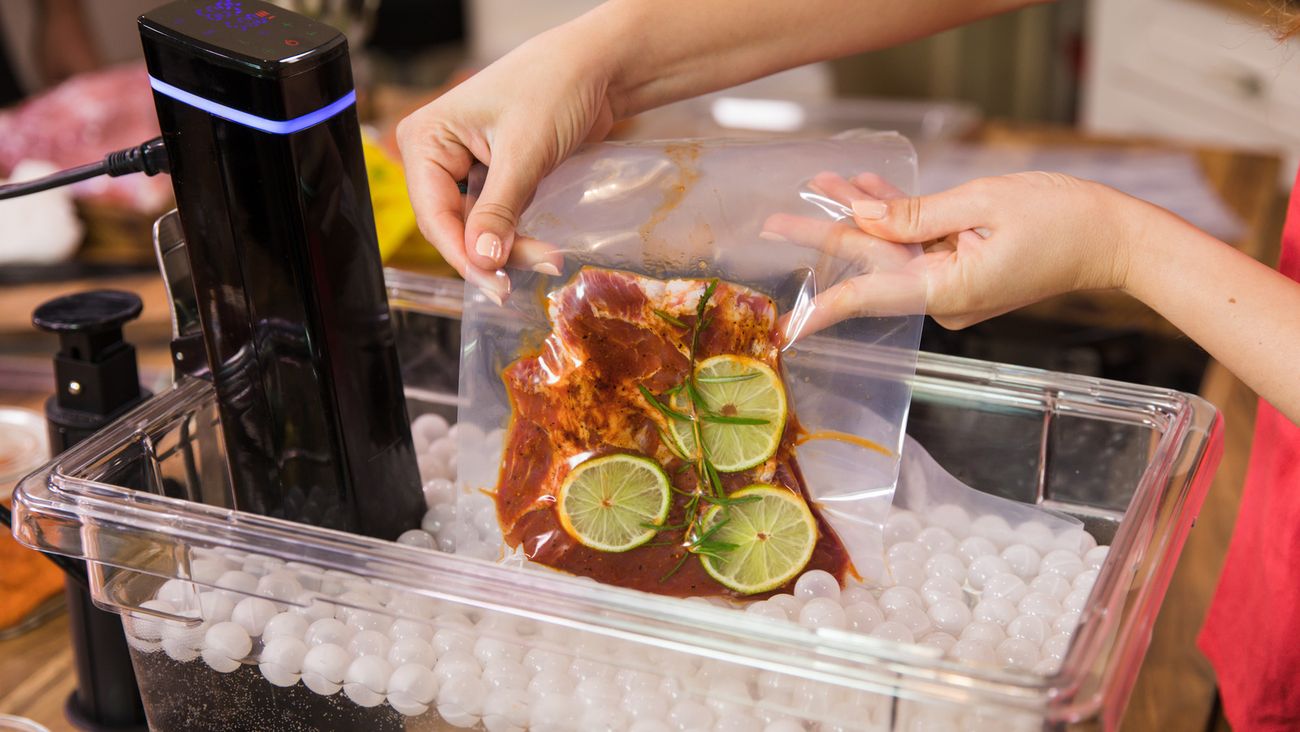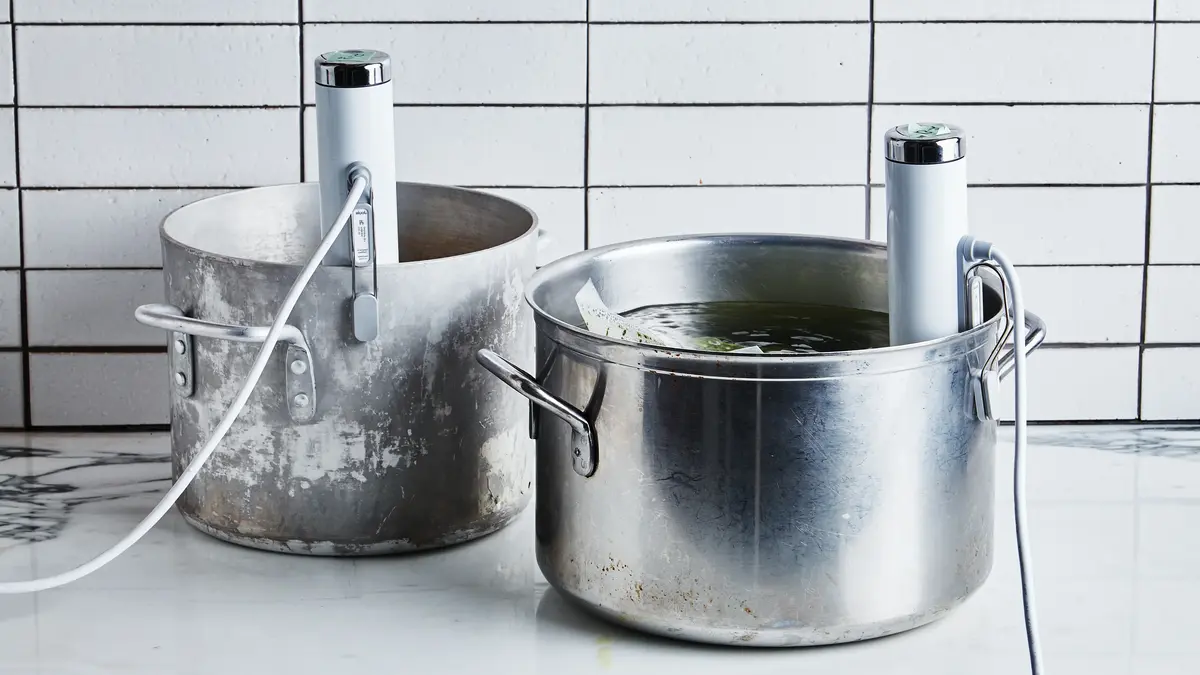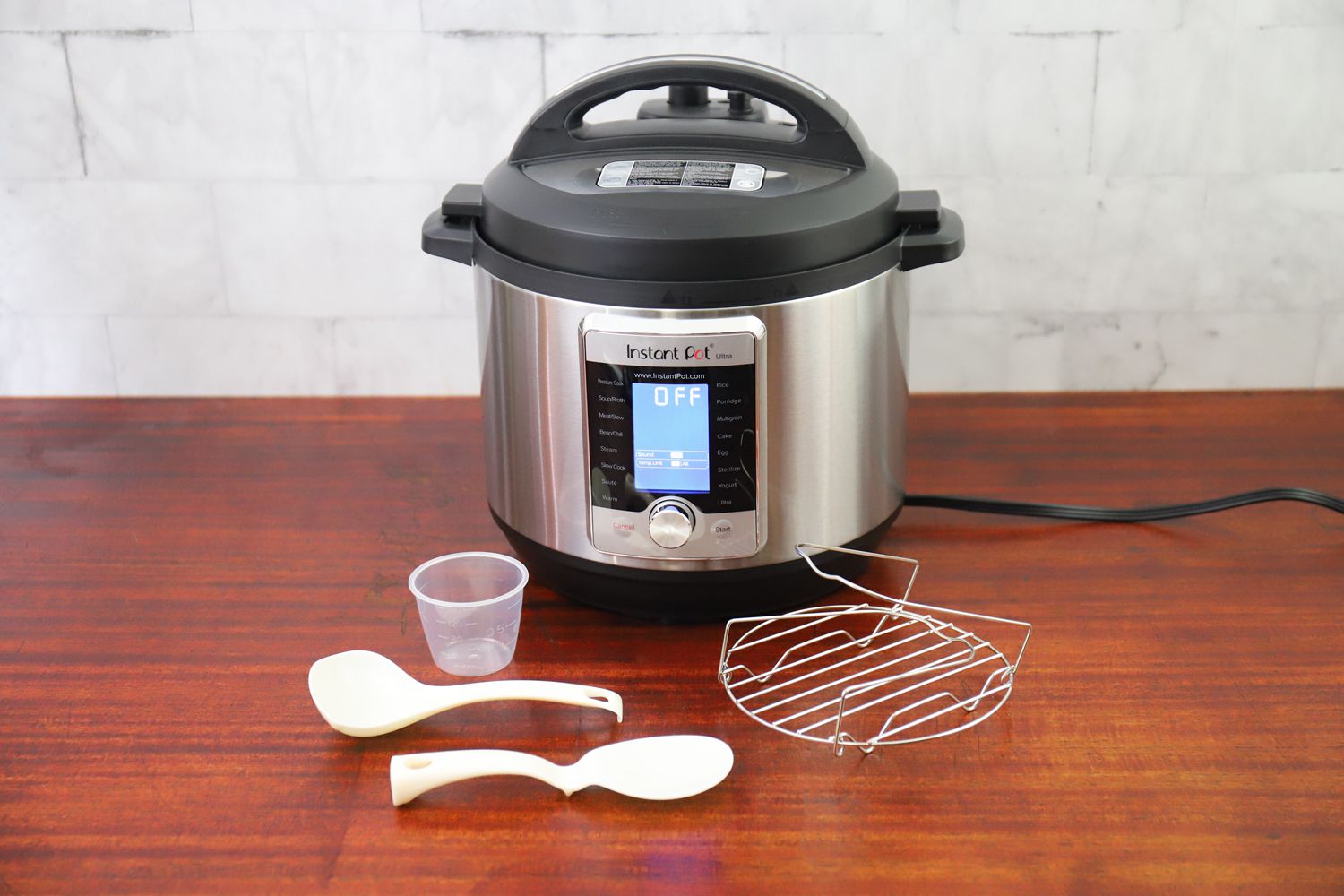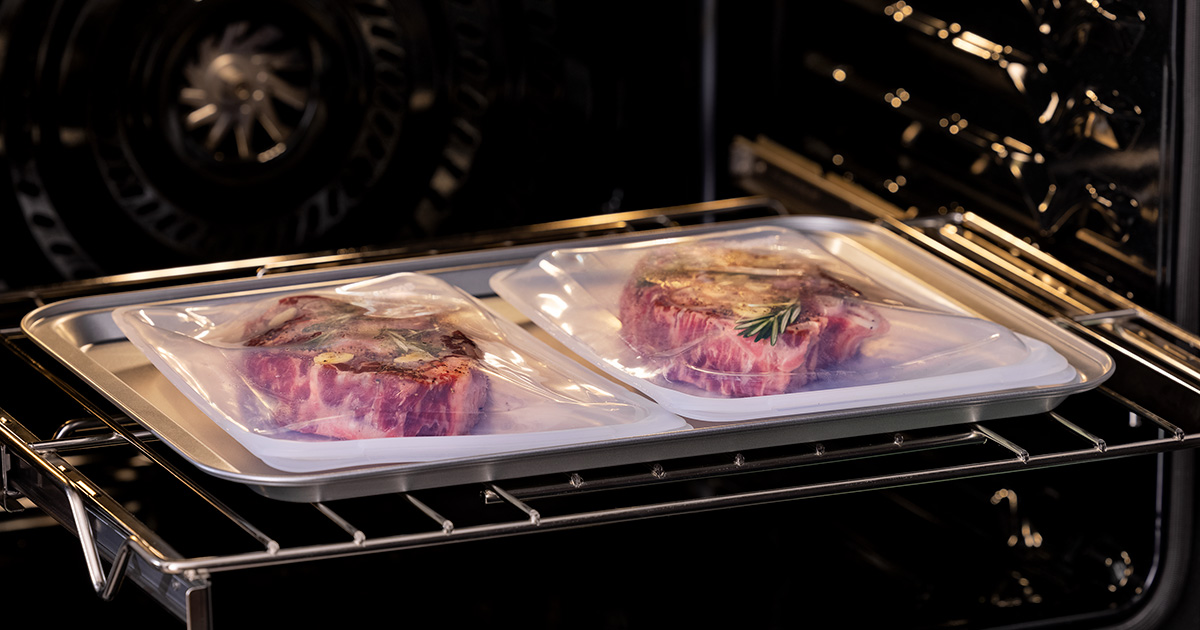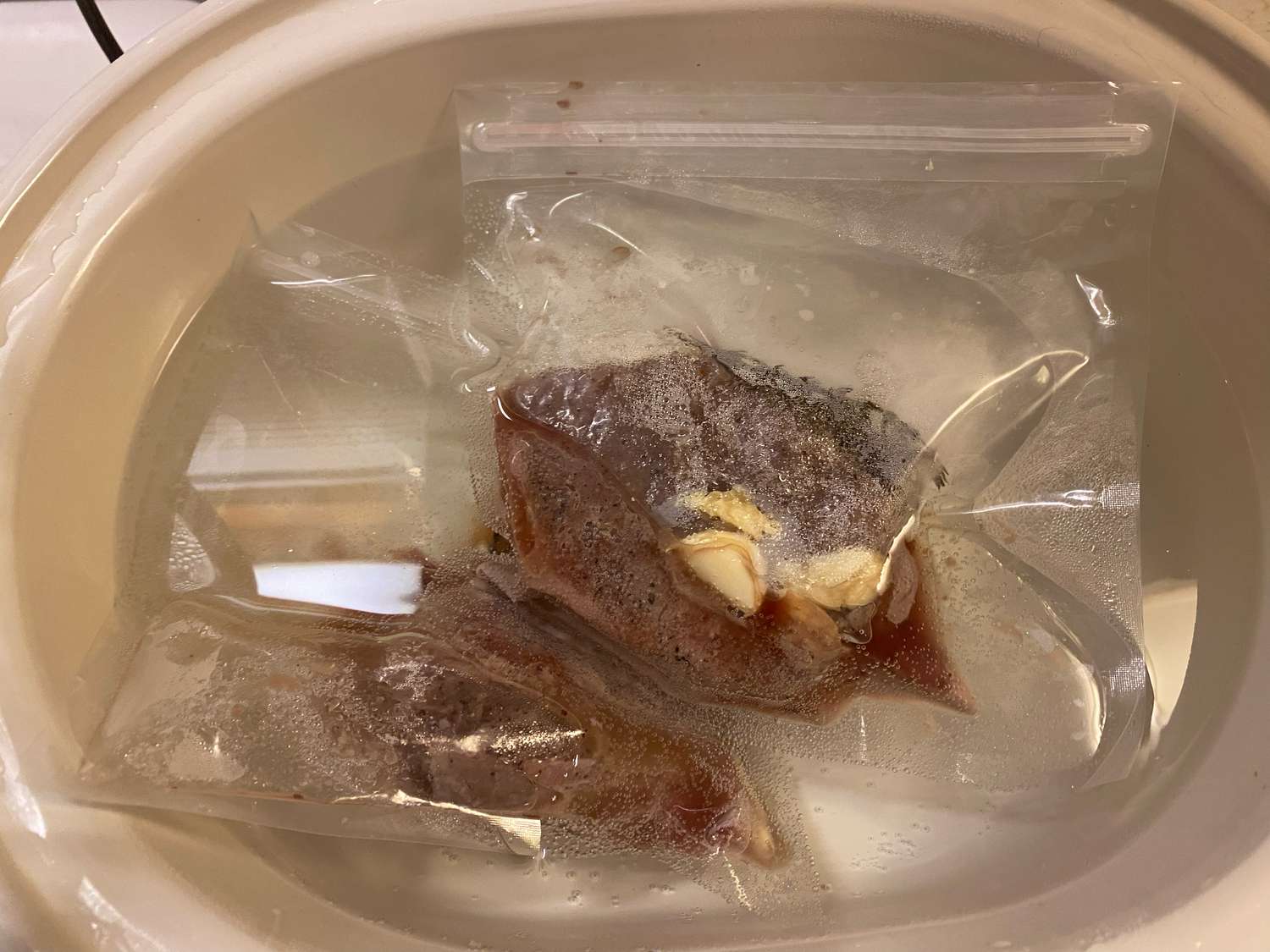What is Sous Vide Cooking?
Sous vide cooking is a method of cooking food in a temperature-controlled water bath. This technique involves sealing food in an airtight container, such as a mason jar, and then cooking it in the water bath at a precise temperature for an extended period. The result is perfectly cooked food that is evenly heated throughout.
Why Use Mason Jars for Sous Vide Cooking?
Mason jars are a popular choice for sous vide cooking because they are airtight and can withstand high temperatures. They are also readily available and come in various sizes, making them suitable for cooking different quantities of food. Using mason jars for sous vide cooking is a convenient and practical option, especially if you don’t have a vacuum sealer.
Steps to Sous Vide Your Food in Mason Jars on the Stove
Here’s a step-by-step guide to sous vide cooking in mason jars on the stove:
- Prepare the Ingredients: Gather the ingredients for your recipe and place them in the mason jars. Make sure to leave some space at the top of the jar to allow for expansion during cooking.
- Seal the Mason Jars: Ensure that the mason jars are tightly sealed to prevent water from entering during the cooking process.
- Fill a Pot with Water: Fill a large pot with water and attach a sous vide thermometer to monitor the water temperature.
- Heat the Water: Place the sealed mason jars in the pot of water and heat it on the stove. Use the sous vide thermometer to maintain the water at the desired cooking temperature.
- Cook the Food: Let the food cook in the water bath for the recommended time, based on the recipe you are following.
- Remove and Enjoy: Once the cooking time is complete, carefully remove the mason jars from the pot and let them cool before opening. Your sous vide food is now ready to be enjoyed!
Tips for Successful Sous Vide Cooking in Mason Jars
Here are some tips to ensure successful sous vide cooking in mason jars:
- Use Proper Sealing: Make sure the mason jars are tightly sealed to prevent water from entering.
- Monitor Water Temperature: Use a sous vide thermometer to monitor and maintain the water temperature throughout the cooking process.
- Allow for Expansion: Leave some space at the top of the mason jars to accommodate food expansion during cooking.
- Follow Recipe Guidelines: Adhere to the recommended cooking times and temperatures for the specific recipe you are preparing.
Benefits of Sous Vide Cooking in Mason Jars
Sous vide cooking in mason jars offers several benefits, including:
- Precise Temperature Control: The airtight seal of mason jars allows for precise temperature control during cooking, resulting in evenly cooked food.
- Convenience: Using mason jars for sous vide cooking is convenient and accessible, especially for those who do not have specialized sous vide equipment.
- Customizable Portions: Mason jars come in various sizes, allowing for customizable portion sizes based on individual preferences.
- Easy Cleanup: Cooking in mason jars minimizes the mess and simplifies the cleanup process.
Conclusion
Sous vide cooking in mason jars on the stove is a practical and effective method for achieving perfectly cooked food. By following the steps and tips outlined in this guide, you can enjoy the benefits of sous vide cooking using readily available mason jars. Whether you’re preparing a savory main course or a delectable dessert, sous vide cooking in mason jars opens up a world of culinary possibilities right in your own kitchen.
